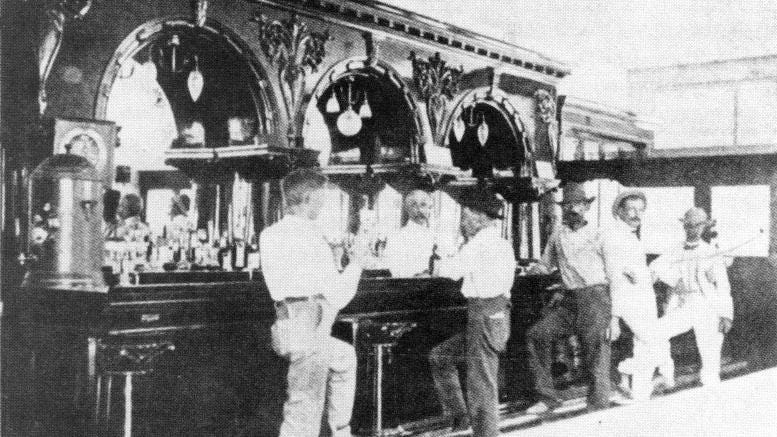Majestic Saloon in Downtown Miami
The story of one of Miami's earliest downtown saloons and the pioneer who fought to keep it operating. It opened in 1904 and closed for good after Dade County was voted dry in 1913.
When Julia Tuttle and the Brickells granted land to Henry Flagler in 1895 in exchange for him extending his railroad to, and building a world-class hotel along, the banks of the Miami River, they made a specific request. The stipulation that both the Tuttles and Brickells required was that the municipality not allow the sale and consumption of alcohol within the city limits.
Henry Flagler agreed to the request provided that his hotel would be exempt from this requirement. All parties were united on the framework that Miami would be dry, except for the Royal Palm Hotel, when chartered in July of 1896. Flagler’s hostelry was the only place within the city’s boundaries where one could imbibe in alcoholic beverages legally.
Within a few years after the passing of Julia Tuttle in September of 1898, prohibition of alcohol was lifted for downtown Miami. This change provided a unique opportunity for entrepreneurial pioneers to be one of the earliest operators of a saloon in the Magic City. A father and son partnership seized the occasion to be one of those operators. However, they would soon find that remaining open would prove to be difficult in a young region struggling with its policy on the sale and consumption of alcohol.
Keep reading with a 7-day free trial
Subscribe to Miami History to keep reading this post and get 7 days of free access to the full post archives.




